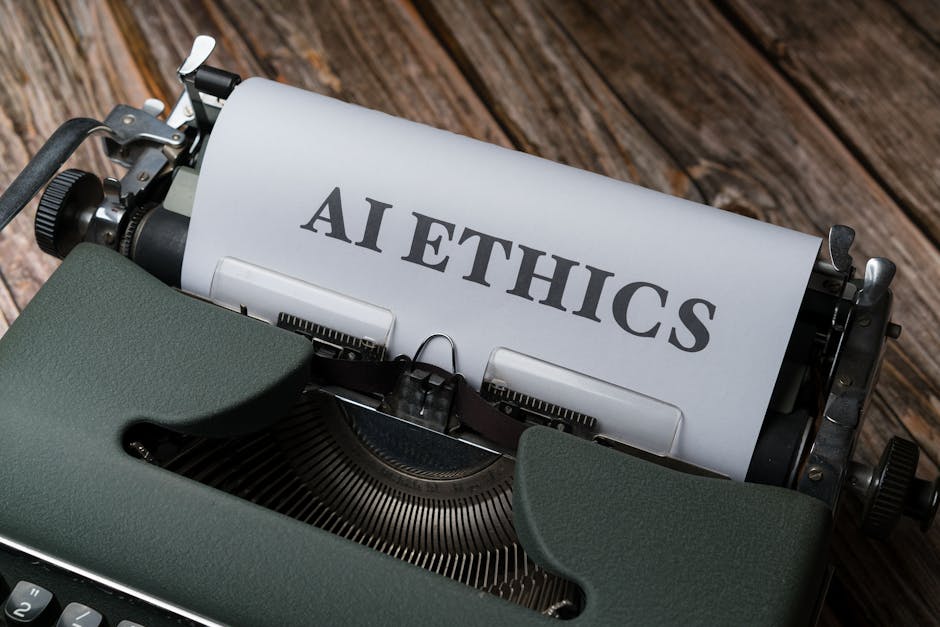The Importance of AI Safety Practices in Modern Technology
In recent years, the rapid advancement of artificial intelligence (AI) has brought about significant technological breakthroughs. However, as AI systems become more integrated into our daily lives, ensuring their safety has become a critical concern. Industry experts and researchers are increasingly calling for improved safety practices and greater transparency from AI companies.
Challenges in AI Safety
One of the primary challenges in AI safety is the lack of standardized practices across the industry. While some companies proactively publish detailed safety reports and conduct rigorous safety evaluations, others fall short, raising concerns among researchers and the public.
Transparency in AI development is essential. Publishing safety evaluations and system cards helps create a shared understanding of the potential risks associated with AI models. It also allows for peer review and collaboration within the research community, fostering an environment where safety practices can be continually improved.
The Role of Regulatory Frameworks
As AI technology continues to evolve, the need for regulatory frameworks becomes increasingly apparent. Proposed legislation at both state and federal levels aims to mandate the publication of AI safety reports, ensuring that companies are held accountable for the technologies they develop.
Such regulations would not only protect the public from potential harm but also encourage a culture of safety and responsibility within the AI industry. By setting clear standards, regulatory frameworks can help mitigate risks and ensure that AI systems are developed with the public’s best interest in mind.
The Path Forward
While AI models have yet to cause catastrophic harm, the potential for future risks cannot be ignored. By prioritizing safety and transparency, AI companies can build trust with users and stakeholders, paving the way for responsible innovation.
In conclusion, as AI continues to shape our world, it is imperative that companies adopt robust safety practices and embrace transparency. By doing so, they not only protect against potential risks but also enhance the overall quality and reliability of AI technologies.





